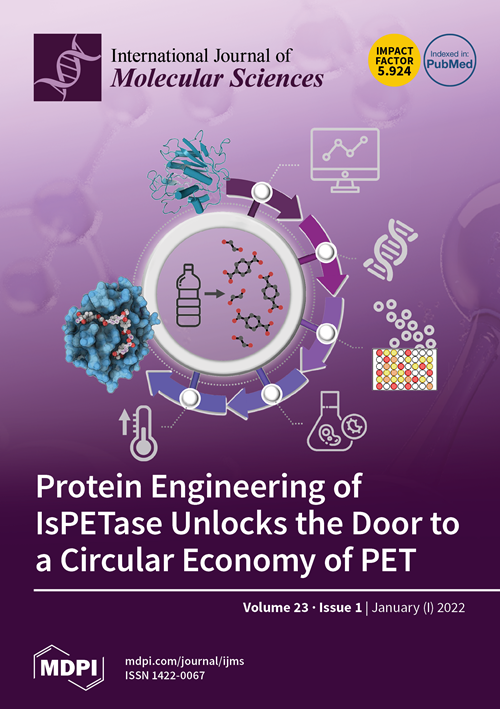Antioxidants and azd0156 Rescue Inflammatory Response in Autophagy-Impaired Macrophages
IF 4.9
2区 生物学
Q1 BIOCHEMISTRY & MOLECULAR BIOLOGY
引用次数: 0
Abstract
Autophagy is a lysosomal degradation system that eliminates and recycles damaged intracellular organelles and proteins. Inflammatory macrophages play a critical role in the development of various age-related inflammatory illnesses such as abdominal aortic aneurysm, atherosclerosis, and rheumatoid arthritis; therefore, identifying the mechanisms that cause macrophage inflammation is crucial for a better understanding of and developing therapeutics for inflammatory diseases. Previous research has linked autophagy to macrophage inflammation; Atg16L1-deficient macrophages increase IL-1 and IL-18 production via inflammasome activation. In this study, however, we show an alternative pathway of macrophage inflammation in an autophagy-deficient environment. We found that inhibiting autophagy in THP1 macrophages progressively increased the expression of p65-mediated inflammatory genes. This effect was reversed by treatment with antioxidants or azd0156, an ataxia telangiectasia mutated (ATM) inhibitor. In addition, our results showed that M1 macrophages inhibit autophagy and induce DNA damage, whereas M2 macrophages activate autophagy and reduce DNA damage. Importantly, the chemical activation of autophagy or ATM inhibition during M1 polarization reduced the M1 phenotype and inflammation, whereas inhibiting autophagy during M2 polarization also reduced the M2 phenotype. Thus, our findings highlight the importance of the autophagy–ATM pathway in driving macrophage inflammation.抗氧化剂和azd0156能挽救自噬功能受损的巨噬细胞的炎症反应
自噬是一种溶酶体降解系统,可消除和回收受损的细胞内细胞器和蛋白质。炎症性巨噬细胞在腹主动脉瘤、动脉粥样硬化和类风湿性关节炎等各种与年龄有关的炎症性疾病的发病过程中起着至关重要的作用;因此,确定引起巨噬细胞炎症的机制对于更好地理解和开发炎症性疾病的疗法至关重要。先前的研究已将自噬与巨噬细胞炎症联系起来;Atg16L1缺陷的巨噬细胞会通过炎性体激活增加IL-1和IL-18的产生。然而,在本研究中,我们展示了巨噬细胞在自噬缺陷环境中的另一种炎症途径。我们发现,抑制 THP1 巨噬细胞的自噬会逐渐增加 p65 介导的炎症基因的表达。用抗氧化剂或共济失调毛细血管扩张症突变(ATM)抑制剂azd0156处理后,这种效应被逆转。此外,我们的研究结果表明,M1 巨噬细胞抑制自噬并诱导 DNA 损伤,而 M2 巨噬细胞激活自噬并减少 DNA 损伤。重要的是,在 M1 极化过程中化学激活自噬或抑制 ATM 可减少 M1 表型和炎症,而在 M2 极化过程中抑制自噬也可减少 M2 表型。因此,我们的研究结果突显了自噬-ATM 通路在驱动巨噬细胞炎症中的重要性。
本文章由计算机程序翻译,如有差异,请以英文原文为准。
求助全文
约1分钟内获得全文
求助全文
来源期刊

International Journal of Molecular Sciences
Chemistry-Organic Chemistry
CiteScore
8.10
自引率
10.70%
发文量
13472
审稿时长
17.49 days
期刊介绍:
The International Journal of Molecular Sciences (ISSN 1422-0067) provides an advanced forum for chemistry, molecular physics (chemical physics and physical chemistry) and molecular biology. It publishes research articles, reviews, communications and short notes. Our aim is to encourage scientists to publish their theoretical and experimental results in as much detail as possible. Therefore, there is no restriction on the length of the papers or the number of electronics supplementary files. For articles with computational results, the full experimental details must be provided so that the results can be reproduced. Electronic files regarding the full details of the calculation and experimental procedure, if unable to be published in a normal way, can be deposited as supplementary material (including animated pictures, videos, interactive Excel sheets, software executables and others).
 求助内容:
求助内容: 应助结果提醒方式:
应助结果提醒方式:


